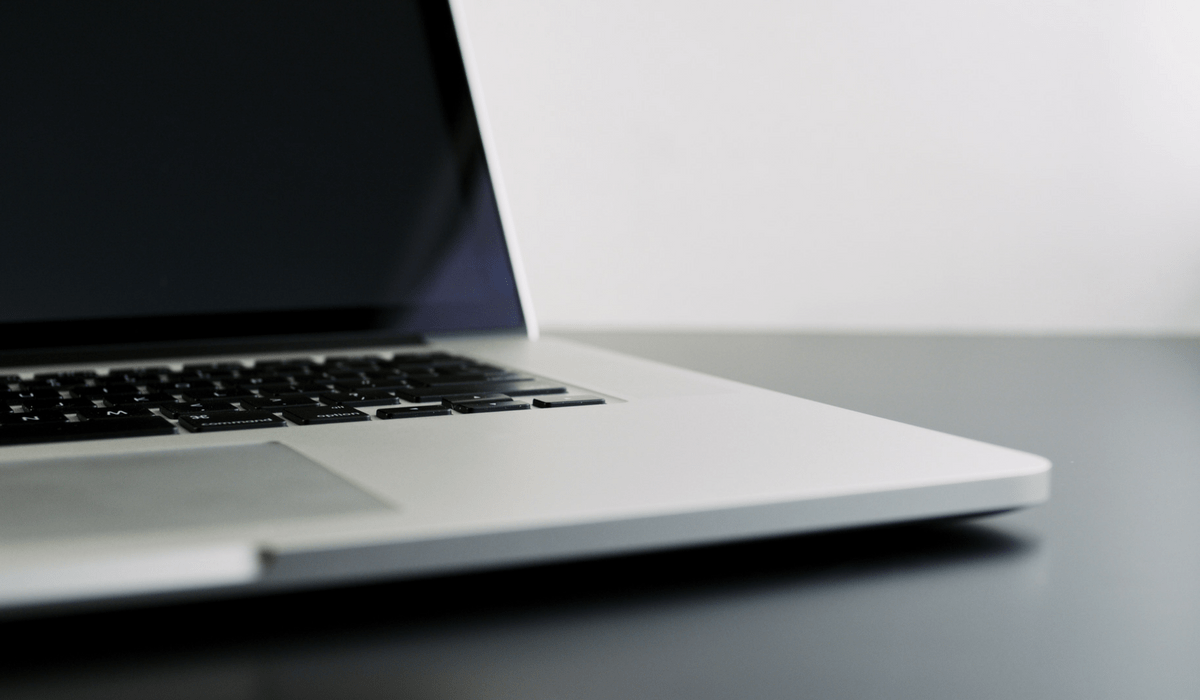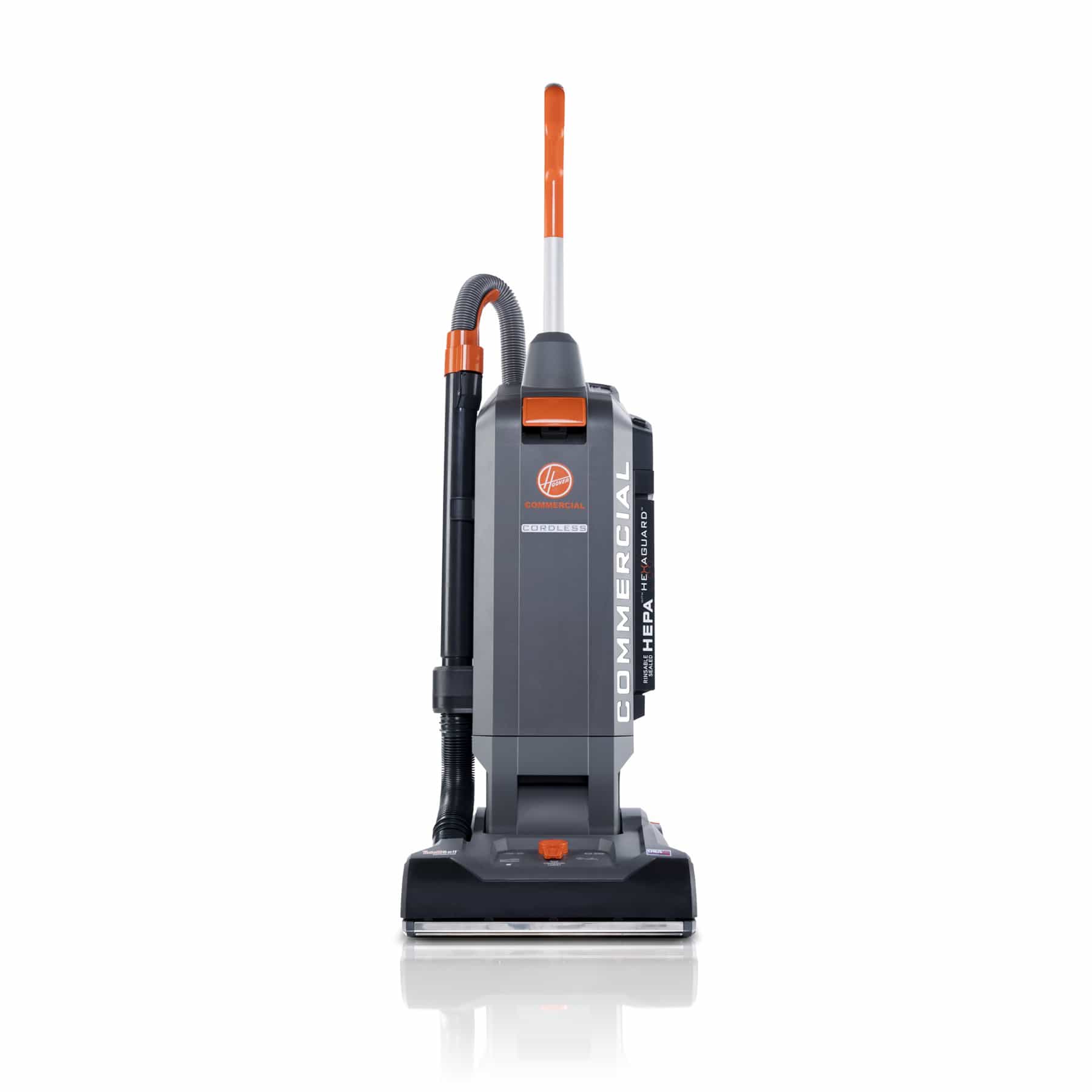Preventing Device-Related HAIs
Healthcare Acquired Infections (HAIs) have taken center stage for many hospitals in the past few years. With the government cracking down on hospitals with high infection rates by withholding reimbursements through the Affordable Care Act, HAIs have become an important issue for clinicians and hospital boards alike. Clinical and administrative stakeholders must work together to reduce the rate of HAIs, provide safer patient care, and protect the hospital’s bottom line.
Under this pressure to help hospitals reduce HAIs and result in a safer healthcare environment, the healthcare industry has come up with improvements to the old methods of infection prevention.
Hand Hygiene
Hand hygiene is usually the first line of defense for hospitals and staff because of its low cost and its ability, if implemented properly, to have a strong impact on reducing rates of infection. Even though hand hygiene is “the most important measure to avoid the transmission of harmful germs and prevent healthcare-associated infections,” according to the World Health Organization, it’s simply not enough.
Tech Devices
Several studies have shown that tech devices are some of the best germ hiders. A 2006 study published in Infection Control and Hospital Epidemiology determined that 100 percent of keyboards studied were contaminated. As tech devices invade the patient care area – handheld computers, computer mice, cellphones, and electronic monitoring devices – new methods of transmission are negating even the best of the common practices. A clean hand touching a contaminated keyboard means that viruses and bacteria can be easily transmitted from device to finger.
The problem facing hospitals now is how to decontaminate difficult-to-wash electronics properly and consistently. In addition, many healthcare workers may not even be aware that these devices in the clinical setting can be harboring the germs that cause HAIs.
Cleaning Medical Tech Devices
There are new healthcare-specific tech devices on the market, such as medical keyboards, medical mice, and waterproof remotes, all of which can be submerged in water or bleach, or run through the dishwasher. Manufacturers are also using new materials to build these tech devices that prevent bacteria and viruses from taking hold in the first place.
However, the most effective method of preventing the transmission of HAIs with medical tech devices is through cleaning. Keyboards and other devices can be decontaminated by using disinfectants. The key is to perform proper and consistent cleaning:
- Devices should be thoroughly wiped down with disinfectant, especially areas that will be touched.
- Devices should be disinfected daily, or when they are visibly soiled.
- Devices should always be immediately disinfected when they become contaminated with blood.
It’s time for hospitals to focus on tech as a source of HAIs. With proper and consistent procedures in place, hospitals can help prevent HAI outbreaks, not only to protect their patients and staff, but their reputation as well.



